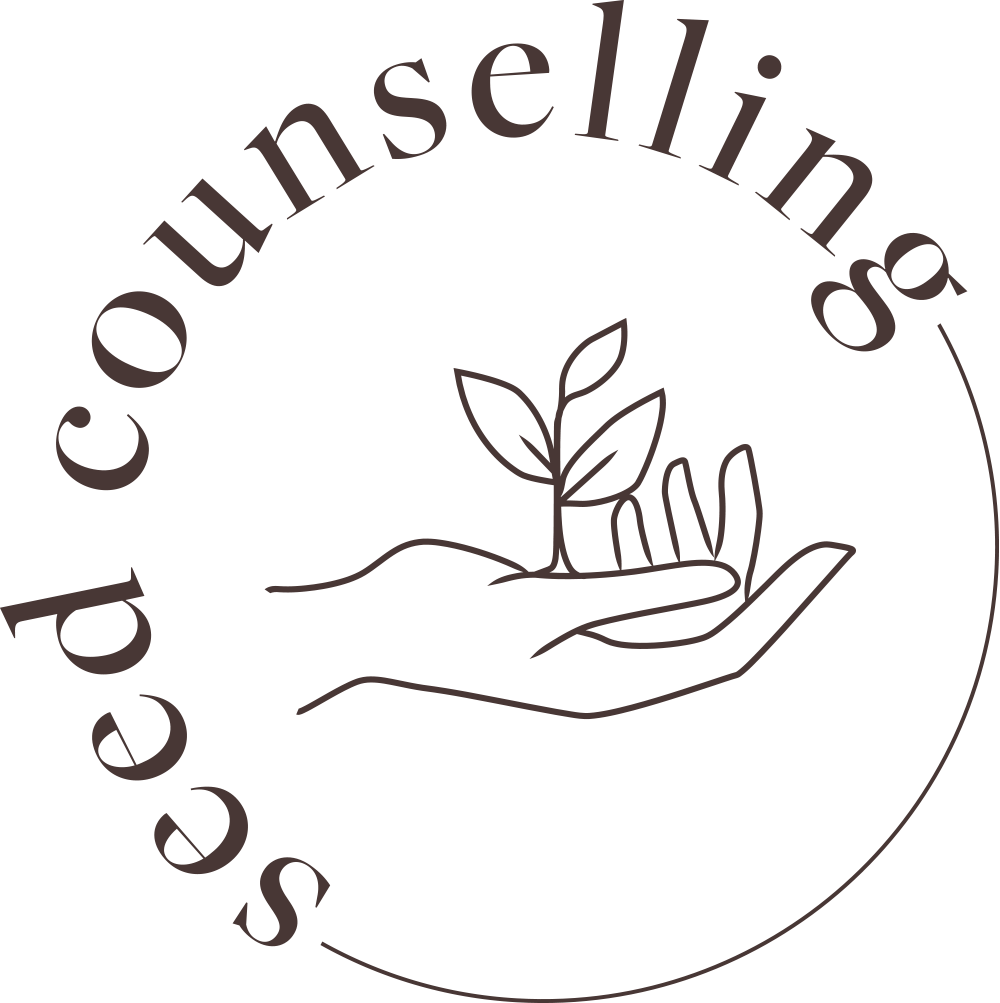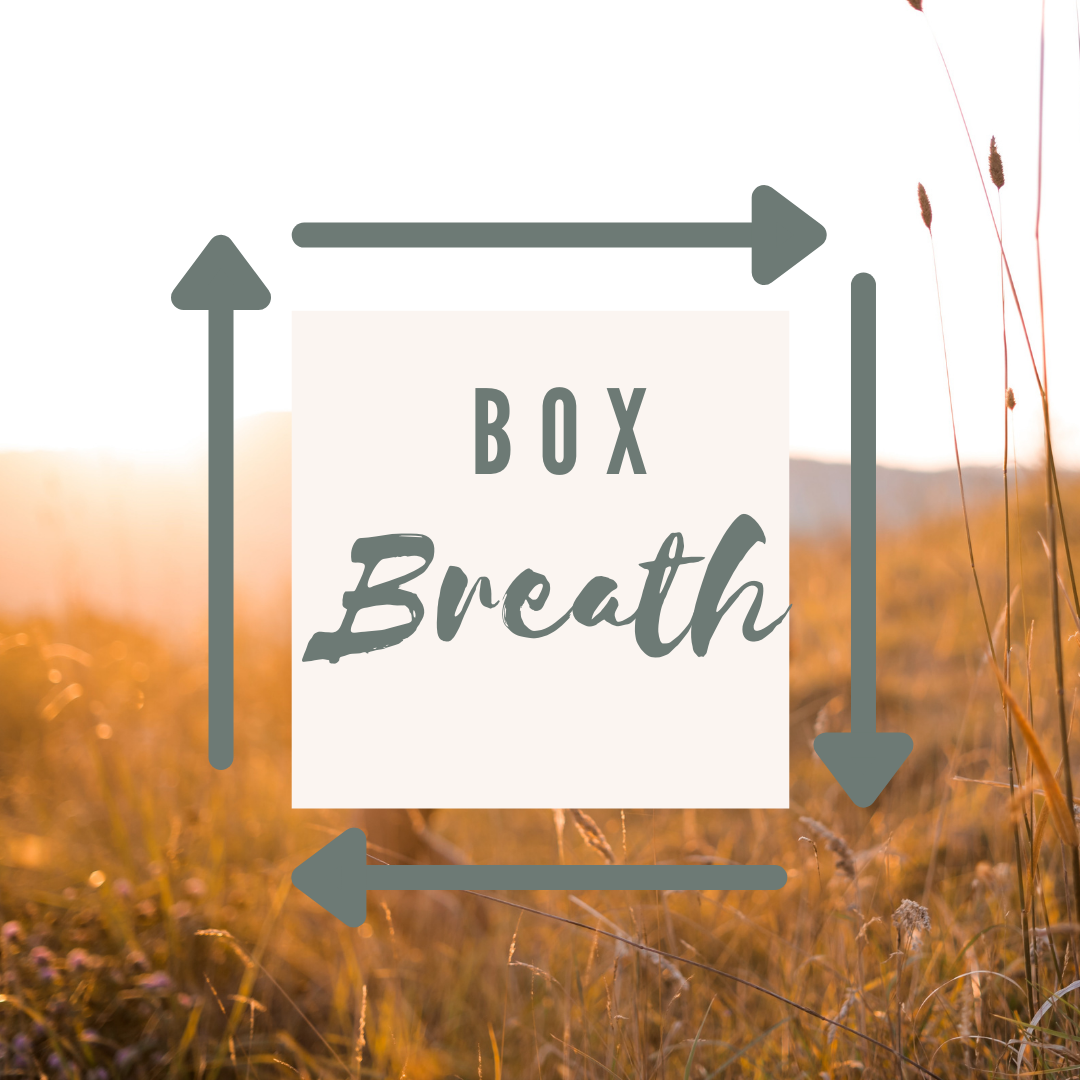4 Breath techniques for stress relief
We all breathe, our bodies do it for us, so why would focusing on breath have any benefits?
Well, when we are stressed our bodies can go into ‘fight or flight’ mode. Relaxing breath work can calm this, can help us reduce blood pressure and heart rates and can ground us, bringing us back to the here and now rather than our minds racing to other things.
You can do these techniques sitting or standing. Being in a quiet and calm environment can help to reduce stress but isn’t always possible and not necessary to take advantage of breath work benefits. Plus, they are easy to do, and free!
Belly Breath
When stressed, we often take smaller breaths, into our chest. Deepening the breath can have a relaxing effect, it can prevent air getting trapped in the lungs and ensures you are getting lots of fresh oxygen which can centre you. Focusing on your breath rather than stressful thoughts can also lead to feelings of calm.
To take a belly breath you want to take a deep and slow breath in with the aim of inflating your tummy. You want your stomach to rise out as you inflate it. Then to release, slowly breathe out and push all of the air out so that your stomach goes back down.
It may help to put your hands over your stomach so you can feel the movement.
2. Box Breath
To do box breathing imagine the four lines of a square. Take a breath in for a count of 4 (this can be for any length of time) and in your mind follow along the first line of the square. Breathe out and follow the second line, then repeat the breath in and out for the third and fourth line. Then repeat!
One of my clients favourite breathing techniques is ‘box breath’ breathing because it is simple and so easy to remember. This is handy, especially when you are in the moment of feeling overwhelmed.
To increase the difficulty, and the benefits of this breath technique, you can hold your breath for a count of 4, breathe in for 4 and then out for 4, and repeat, whilst following the lines of the square around. The longer you have the breath counts, the more relaxed you will become. To start with focus on practicing the technique before trying to extend the length of time you do it for.
This can be done for as little or as long as you need. Being able to focus on the shape of the box can help you gain control over overwhelming thoughts or sensations
3. Alternate nostril breathing
Alternate nostril breathing has been shown to enhance cardiovascular function and to lower heart rate.
As the name suggests the aim is to breathe in and out through one nostril at a time. Use your left thumb to gently close your left nostril, and take a slow even breath in and out. Then switch to having your right thumb gently covering your right nostril and once again take in a lovely even breath and release. Alternate nostrils a couple more times and then hopefully enjoy the feelings of relaxation you’ve created.
Note: It is best to avoid this one if you’re feeling sick or congested.
4. Vagal breath
The Vagal system regulates the rest and repair functions so it’s good to activate it in times of stress. This one is where you want to make some noise with your breath!
When you inhale, through your nose, you want to try and breathe into your throat, and create a sound, like the waves of the ocean at the beach. When breathing out, through your mouth, make a ‘ha’ sound. Again, breathing in and out slowly and gently is the way to go.
For further inspiration on bringing breath work into your life you can look at information from the NHS here
Breath work tips:
Our brains are trained to be on guard, so it is natural that our minds will wander. If this happens, it’s okay! When you become aware of this simply return back to focusing on your breath and continue your practice.
If these techniques don’t work for you in a moment of stress, then focus on deepening and lengthening your breath, both in and out
Try practicing these techniques when you are calm, so you can more easily recall them in moments of stress and overwhelm.
Try being curious about your breath, where do you notice it in your body such as your nose, chest or belly. Be curious about how you feel before and after your breath work practice.
You need only spend a couple of minutes a day practicing, and you will notice a difference.
I can offer you a safe, non-judgemental, warm space to help you to explore, understand and give voice to your thoughts, feelings, emotions and experiences.
I invite you to get in touch to see how you can empower yourself to create positive change.





